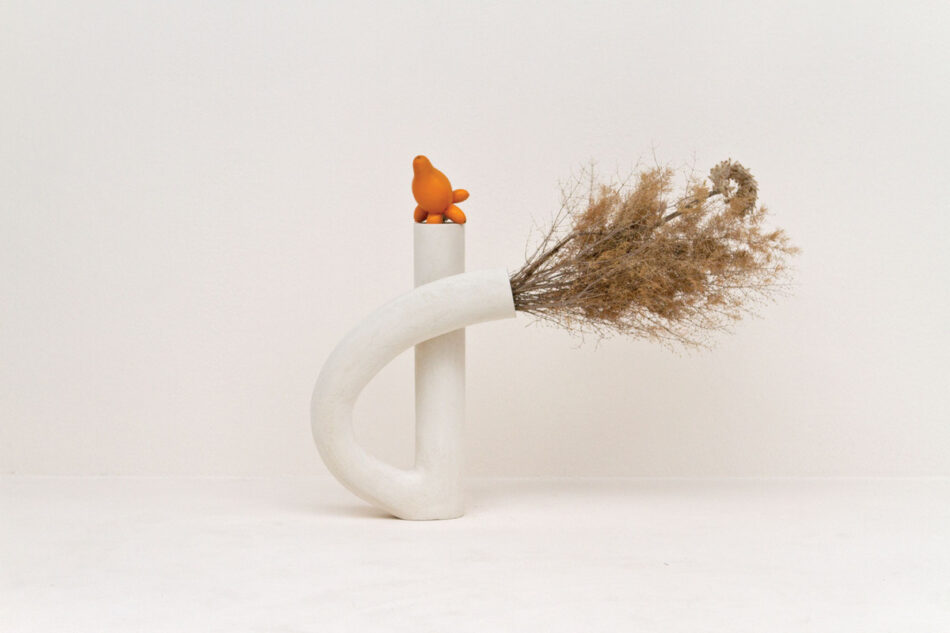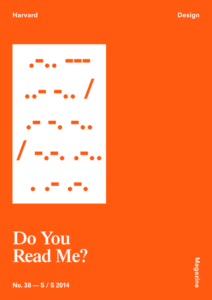Wild Thoughts of Savage Pansies
In The Savage Mind, Claude Lévi-Strauss offers a theory of how the human mind works in its “wild state”: by discerning structures and reading the world as combinations and oppositions of things. His title, in the original French, is a pun: La pensée sauvage can also be translated as “The Wild Pansy.” We might chalk this up to the fuzziness of cognates in translation, but there is more at work here. As Lévi- Strauss surely knew, there is an ancient association between pansies and thought. After Hamlet drives Ophelia away, she appears before Laertes, mumbling strains from an old ballad: “There’s rosemary, that’s for remembrance. Pray, love, remember. And there is pansies, that’s for thoughts” (IV.v.174–5).
Shakespeare delighted in flowers, and the wild pansy makes more than one appearance in his plays. Also known as heartsease, it is the source of Oberon’s love potion in A Midsummer Night’s Dream; he sends Puck to gather the “little western flower,” whose juice, when applied to slumbering eyelids, will cause the sleeper’s thoughts to fix upon the first person he sees (II.i.165). Shakespeare’s plays are dotted with such evocations of the folk wisdom of flowers, which may be taken as tokens of the Bard’s humble origins; Sir Francis Bacon or an Earl of Oxford might have known the classical names of plants, but the peasants’ categories would have been beyond their ken.
Fanciful meanings of flowers are documented at great length in Victorian “floriographies,” or flower languages (a metaphorical and etymological connection between flowers and letters that runs both ways—in the Middle Ages, a compilation of quotations was called a florilegium, derived from the Latin for gathering flowers). Floriographies elaborate the passions, attributes, and states of mind symbolized by dozens of varieties of wild and cultivated trees, shrubs, and herbs: the ash tree represents Grandeur, or Prudence; the bee orchid, Industry; the chickweed, Rendezvous. A message to one’s beloved could be composed in the form of a bouquet, although by the time the dear one would have decoded the terms, the posie would have withered away.
Floriographies include a blossom called the “abecedary.” Symbolizing Volubility, it’s a curious specimen when looking into traces of reading and writing in landscape. The non-floral (and far more common) use of the word abecedary is in connection with illustrated alphabets for children—a usage that dates back to the Middle Ages, and covers alphabets reproduced on hornbooks and school slates and carved into headstones. The floral meaning of abecedary isn’t documented in the Oxford English Dictionary, even though it’s in all the floriography volumes I’ve come across—including the most famous one illustrated by Kate Greenaway (alas she made no illustration of the abecedary flower). The fullest explanation appears her The Language of Flowers from 1884: “Volubility, Abecedary.”
This plant is a native of the island of Fernalus; when you chew its head, or roots, the tongue feels a stimulating sensation, that gives it a singular fluency. This plant is employed in looseing children’s tongues, whence comes its name abecedary, or children’s grass.
A flower that gives a singular fluency: that’s one for my garden, to bloom between the poppies and the morning glories. Unfortunately, it doesn’t seem to exist. It’s as though the Victorian floriographers had identified the need for a Volubility flower—a necessary node in the paradigm of the flowers, pertaining to the quality of comprehensive and compulsive loquacity—which they answered with a postulated blossom named (naturally enough) for the alphabet. The vast alphabet of flowers in the world, meanwhile, nod their tumbled heads, slumbering—as we, beelike in our industrious infatuation, gather sense and savagery from a world turning everywhere to wild text.

Matthew Battles is Associate Director of metaLAB at Harvard University and fellow at the Berkman Center for Internet & Society. He has written extensively on the cultural dimensions of science and technology; his books include Library: An Unquiet History (2004) and The Sovereignties of Invention (2012).
